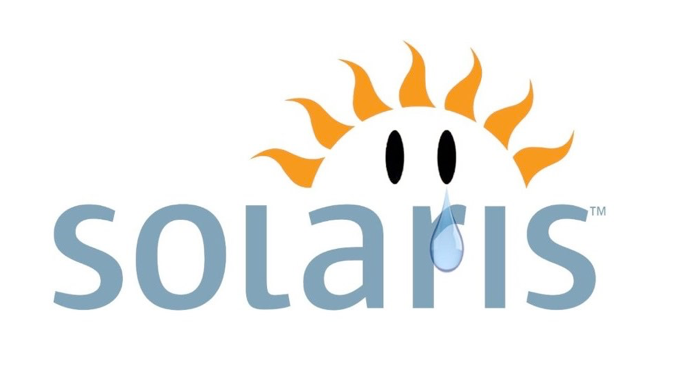RIP Solaris

The 80s and 90s was a period of intense development in the computer hardware and software worlds. On the hardware side, processors started to become much more powerful, and the word on the streets was that RISC (Reduced Instruction Set Computing) was going to be the way of the future. Powerful RISC platforms emerged during this time, including Sun Microsystems SPARC, HP PA-RISC, SGI MIPS, IBM PowerPC, and the DEC Alpha - these platforms were very powerful, and ushered in 64-bit computing over a decade before it became common in home computers.
Moreover, each of these platforms ran some sort of UNIX operating system - for Sun Microsystems, this UNIX was called Sun Solaris, and it was one of the most popular and revered UNIX operating systems of all time. And Sun SPARC was just as revered on the hardware side.
If you were in any computing field in the 90s (programming, information technology, etc.), these RISC-based UNIX computers were put on a pedestal, since they represented the height of technology at the time. These were the computers running the world behind the scenes, the computers that made the CGI graphics for movies like Jurassic Park, and the computers that made up the first servers on the Internet. Although they were many, many times the cost of a high-end home computer, everyone working in a computing field wanted a RISC workstation running UNIX. If you asked me what my dream computer was back in the 1990s, I’d probably say something like a Sun UltraSPARC 10s, or an SGI O2 (like Erwin from the userfriendly.org Web comic).
But after 2000, nearly all of the expensive RISC-based UNIX platforms died as Intel/AMD-based PCs and graphics cards started getting more powerful and less expensive. When the dot-com bubble burst in 2001-2002, it was the final nail in the coffin for that high-power RISCy UNIXy world.
But after several rocky years, Sun Microsystems still survived. They still made Sun SPARC servers running UNIX, and even returned to profitability by the late 2000s. Then Oracle bought Sun in 2009.
Why did Oracle buy Sun? I think the primary reason was to monetize Sun’s JAVA platform, mostly by trying to sue Google for using JAVA in Android (Oracle is an evil company that loves to sue everybody). Oracle lost out on that lawsuit big time (twice). The secondary reason that Oracle bought Sun was that many of Oracle’s clients at the time used Oracle’s database software on Sun SPARC servers running Solaris UNIX. So, by buying Sun, they’d be able to monetize on all aspects of the hardware and software.
But maintaining an operating system and a hardware platform is expensive, and Oracle would have to compete with two dominant players in the market: Intel/AMD on the hardware side, and Linux (open source UNIX) on the software side. I was cautiously optimistic that Oracle could make it work back in 2009, but deep down I think everyone (myself included) thought it was a fruitless effort.
This month, Oracle laid off pretty much everyone working on their Solaris and SPARC teams. No matter which way you look at it, it’s basically the end of the road for both Solaris and SPARC, and the end to one of the coolest software and hardware platforms of the 80s and 90s.
To those of us who adored Sun back then, it’s like hearing that one of your favorite pop stars of the 80s and 90s has passed away - you loved them back then, but they haven’t really come out with anything cool for the longest time. I still have a few Sun SPARC workstations in the basement for old times’ sake, as well as some cassette tapes of Michael Jackson, David Bowie, Whitney Houston and Prince. Good times.